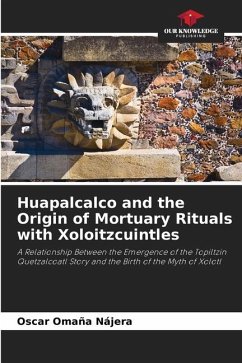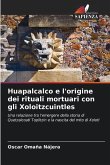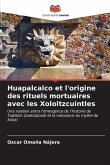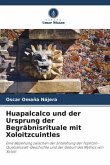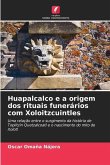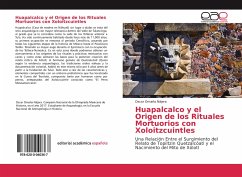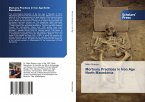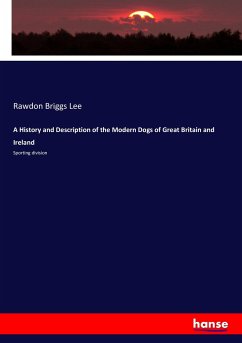Huapalcalco (Wooden House in Nahuatl) is undoubtedly the most important archaeological site in the Tulancingo Valley, to the extent that it is considered to be the seat of the Toltecs prior to Tula. It has been continuously inhabited for more than 11,000 years, its first occupation dates back to the Cenolithic period, passing through all the following stages of Mexico's history up to the Late Postclassic period. It had its greatest peak during the Epiclassic period with the Toltec-Nonoalca occupation. It is in this area where we can get an approach to the origins of the rituals and mortuary practices with dogs and how these laid the foundations for the later creation of the mythical story of Xolotl, the twin brother of Quetzalcoatl (who according to archaeological evidence, Nahua oral traditions and colonial documentation, lived in this same site for 4 years before leaving for the founding of Tula). All this as a result of the characteristics and elements shared with a prehistoric burial that was located in the Cueva del Tecolote, composed of both humans and dogs, ancestors of the Xoloizcuintle known as "The Mesoamerican Dog".
Bitte wählen Sie Ihr Anliegen aus.
Rechnungen
Retourenschein anfordern
Bestellstatus
Storno

